Expansion of E-commerce Logistics
The rapid expansion of e-commerce logistics in Europe is a pivotal driver for the dry ice market. As online shopping continues to gain traction, the demand for efficient and reliable shipping solutions has surged. Dry ice is increasingly utilized for temperature-sensitive products, particularly in the food and pharmaceutical sectors. In 2025, the e-commerce logistics market in Europe is projected to reach approximately €100 billion, indicating a robust growth trajectory. This growth necessitates the use of dry ice to ensure product integrity during transit, thereby bolstering the dry ice market. Furthermore, the convenience of home delivery services has heightened the need for effective cold chain solutions, which dry ice provides, ensuring that perishable goods remain fresh and safe for consumption.
Increased Focus on Sustainability
An increased focus on sustainability within the European market is driving changes in the dry ice market. As businesses and consumers alike become more environmentally conscious, there is a growing demand for sustainable cooling solutions. Dry ice, being a solid form of carbon dioxide, is often viewed as a more eco-friendly option compared to traditional refrigerants. In 2025, it is estimated that the market for sustainable packaging solutions, including dry ice, will reach €5 billion in Europe. This shift towards sustainability is prompting companies to explore innovative applications of dry ice, such as in the transportation of organic products and pharmaceuticals. Consequently, the dry ice market is likely to experience a transformation as it aligns with the broader sustainability goals of various sectors.
Regulatory Support for Food Safety
Regulatory support for food safety in Europe is increasingly shaping the dry ice market. Stringent regulations regarding food preservation and transportation have led to a heightened emphasis on maintaining product quality and safety. The European Food Safety Authority (EFSA) has established guidelines that necessitate the use of effective cooling methods, such as dry ice, to ensure compliance with safety standards. As a result, the demand for dry ice in the food sector is expected to rise, with projections indicating a growth rate of approximately 8% annually through 2025. This regulatory landscape not only reinforces the importance of dry ice in food logistics but also encourages manufacturers to adopt best practices in temperature management, thereby enhancing the overall integrity of the dry ice market.
Rising Demand for Cold Chain Solutions
The rising demand for cold chain solutions in Europe is a critical driver for the dry ice market. With the increasing need for temperature-controlled logistics, particularly in the food and pharmaceutical sectors, dry ice has emerged as a preferred cooling agent. The cold chain logistics market is anticipated to grow at a CAGR of around 10% from 2025 to 2030, reflecting the escalating need for effective preservation methods. Dry ice plays a vital role in maintaining the required temperatures during transportation, ensuring that products remain viable and safe for consumption. This trend is further amplified by the growing consumer preference for fresh and organic products, which necessitates stringent temperature controls. Consequently, the dry ice market is positioned to benefit from this expanding cold chain infrastructure.
Technological Advancements in Production
Technological advancements in the production of dry ice are significantly influencing the dry ice market. Innovations in manufacturing processes have led to increased efficiency and reduced costs, making dry ice more accessible to various sectors. For instance, the introduction of automated systems and improved storage techniques has enhanced the quality and consistency of dry ice production. In 2025, the production capacity of dry ice in Europe is expected to increase by approximately 15%, driven by these technological improvements. This increase not only meets the rising demand but also allows for competitive pricing, which is crucial in a market where cost-effectiveness is paramount. As production methods evolve, the dry ice market is likely to experience a shift towards more sustainable practices, further appealing to environmentally conscious consumers.


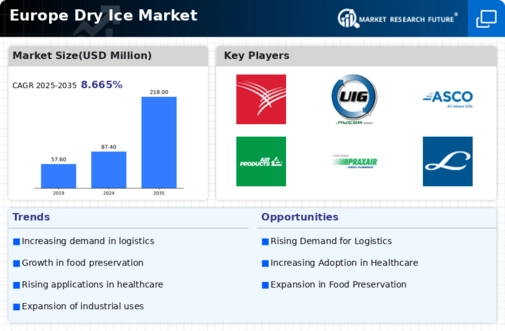
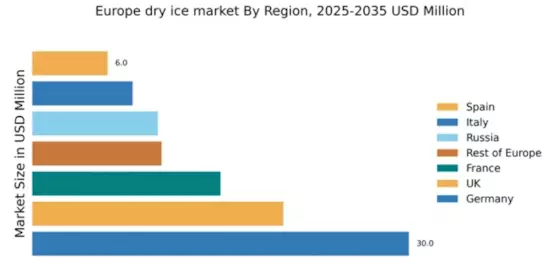
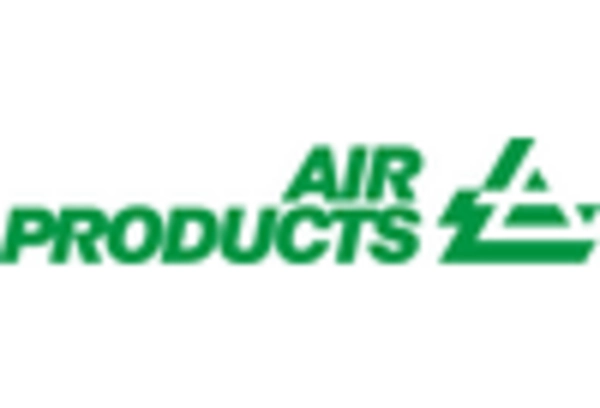
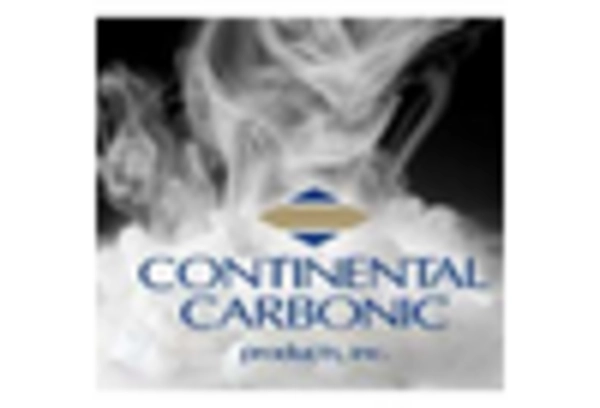
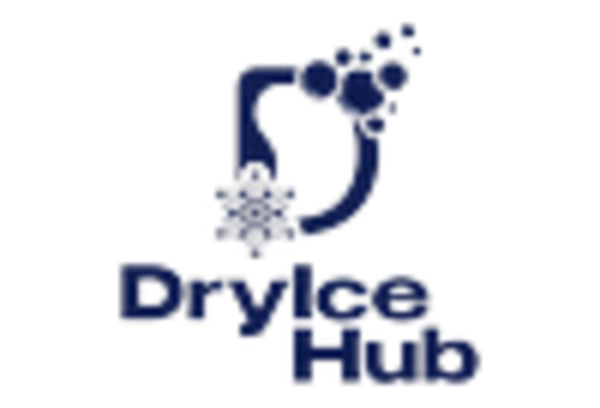
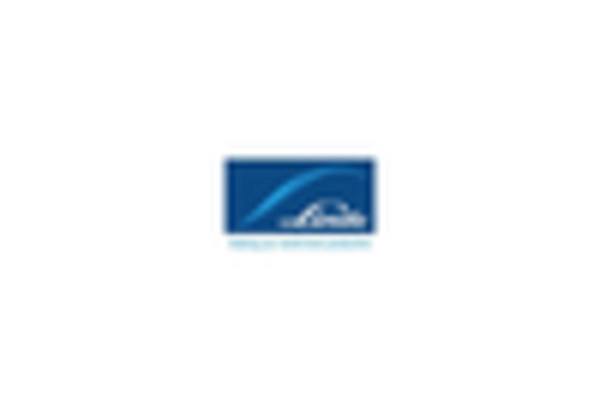
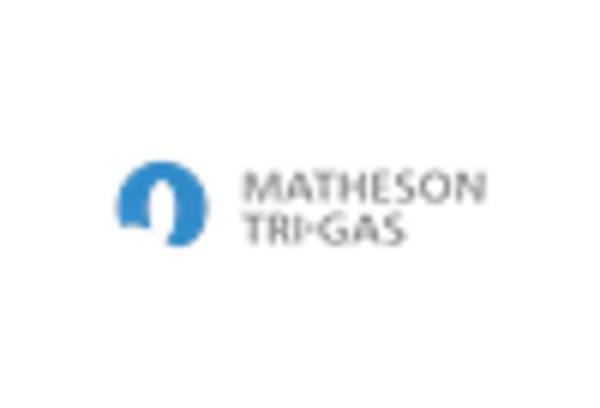
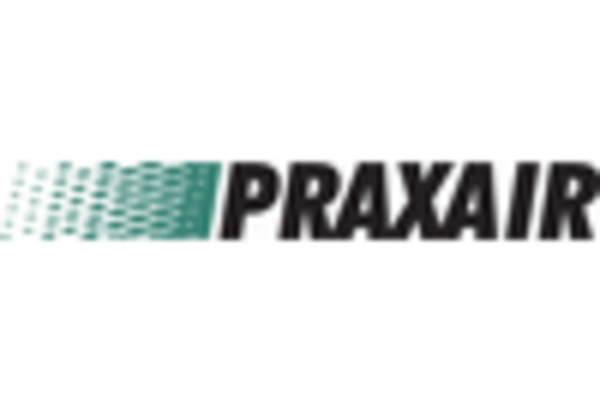








Leave a Comment